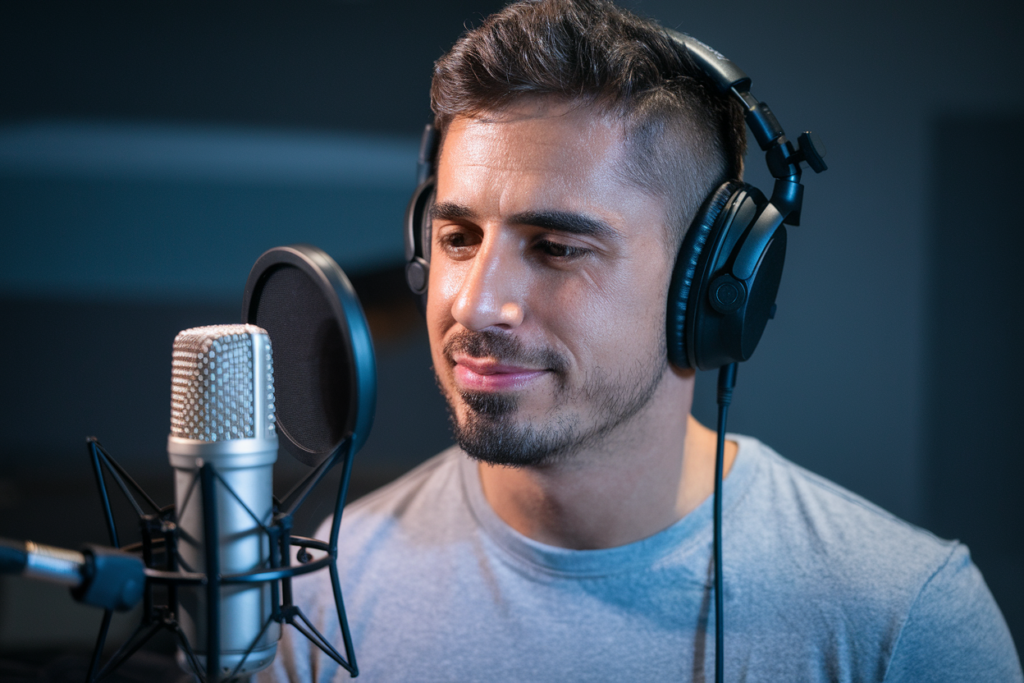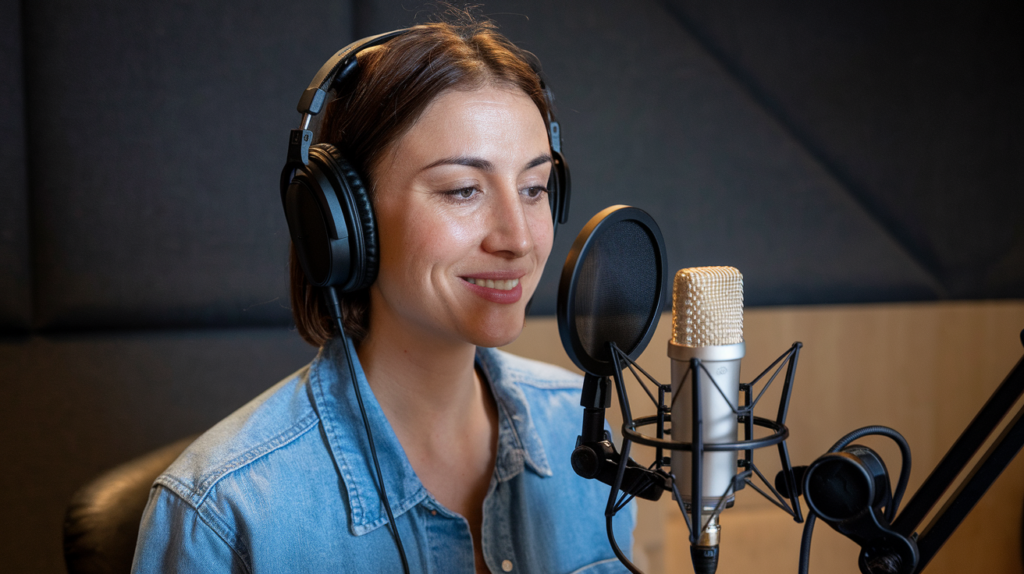The Galician language holds a unique place in the world of artistic expression. As I dive into its rich cultural significance, I can’t help but marvel at how it shapes performances across various art forms. From theater to music and dance, Gallego serves not just as a means of communication but as a powerful vehicle for identity and emotion.
In recent years, there’s been a resurgence in the use of Gallego within artistic circles. This revival highlights its importance in preserving heritage while also fostering creativity. By exploring this topic, I’ll shed light on how artists embrace Gallego to connect with audiences on deeper levels and celebrate their roots. Join me as we uncover the value of Gallego in artistic performances and its impact on both creators and spectators alike.
Overview of Valor Del Gallego En Actuaciones Artisticas
Valor del gallego in artistic performances represents a crucial element of cultural expression. Artists across theater, music, and dance use the language to convey emotions and narratives that resonate deeply with audiences. Embracing gallego allows performers to connect authentically with their roots while celebrating local traditions.
The resurgence of gallego in contemporary art reflects its significance in preserving cultural identity. Many artists incorporate elements of traditional Galician folklore into their works, enhancing authenticity and emotional depth. For instance, musicians often blend modern genres with traditional folk sounds, creating unique compositions that honor their heritage.
In theater, playwrights frequently choose gallego for dialogue and narrative structure. This choice not only enriches the storytelling but also fosters a sense of belonging among viewers who share this linguistic background. As a result, performances become more relatable and impactful.
Dance is another medium where valor del gallego shines through choreography influenced by regional customs. Dancers express stories rooted in Galician culture, tapping into shared experiences that evoke strong connections within the community.
Overall, the integration of gallego into artistic expressions highlights its value as both a communication tool and an emblem of identity. The ongoing commitment to using this language ensures the continuation of rich cultural traditions while inspiring future generations of artists to explore their creative potential.
Historical Context
The Galician language has a rich historical background that significantly influences artistic expression. Understanding its evolution and key figures reveals the depth of its cultural value in various art forms.
Evolution of Galician Language in Arts
Galician emerged as a distinct linguistic entity in the medieval period, gaining prominence among poets and troubadours. By the 20th century, it faced suppression during Franco’s regime, impacting its presence in literature and arts. The death of Franco in 1975 marked a turning point; artists began revitalizing Galician through theater, music, and visual arts. This revival not only restored cultural pride but also encouraged new generations to embrace their heritage. Today, contemporary works increasingly feature Gallego, bridging traditional themes with modern expressions.
Key Figures in Galician Artistic Expression
Several prominent figures have shaped the landscape of Galician artistic expression:
- Rosalía de Castro: A pivotal poet whose work highlighted social issues and regional identity through her use of Gallego.
- Manuel María: An influential playwright whose dramas often reflected the struggles for cultural recognition.
- Xosé Manuel Beiras: A musician who popularized traditional songs while infusing modern styles into his compositions.
These artists exemplify how the integration of Gallego fosters authenticity and emotional resonance within their respective fields. Their contributions underscore the importance of maintaining linguistic heritage while pushing creative boundaries.
Contemporary Significance
The contemporary relevance of Gallego in artistic expressions continues to grow, reflecting a dynamic cultural landscape. Artists leverage the language to forge deeper connections with their audiences, celebrating both heritage and innovation.
Impact on Theatre and Performance
Gallego significantly enriches theatrical performances by enhancing storytelling through linguistic authenticity. Playwrights write compelling narratives that resonate emotionally with viewers, creating an immersive experience. The use of Gallego fosters a sense of community among audiences, as they engage with themes rooted in their shared identity. Notable productions showcase traditional folklore elements, allowing performers to convey rich cultural contexts while maintaining a connection to contemporary issues. This unique blend ensures that theater remains relevant and impactful within the Galician context.
Role in Music and Dance
Gallego plays a crucial role in music and dance by providing artists with a platform for expressing cultural narratives. Musicians incorporate the language into lyrics, infusing songs with emotional depth that resonates widely. By using Gallego, musicians not only celebrate regional sounds but also promote awareness of Galician culture beyond its borders. In dance, choreography often draws from traditional movements and stories reflected through Galician rhythms. Dancers embody these narratives, fostering connections among participants while preserving authentic cultural expressions for future generations.
Challenges Faced by Galician Artists
Galician artists encounter significant challenges in balancing cultural preservation with contemporary demands. These obstacles impact their ability to effectively express and promote Galician identity through their work.
Cultural Preservation vs. Modernization
Cultural preservation often conflicts with modernization within the artistic landscape. Artists strive to maintain traditional elements while adapting to modern aesthetics and technologies. The pressure to cater to broader audiences can dilute authentic expressions of Galician culture, leading some creators to compromise on linguistic integrity. Maintaining a strong connection to heritage requires artists to navigate this delicate balance, ensuring that both tradition and innovation coexist harmoniously in their works.
Representation in the Arts
Representation poses another challenge for Galician artists. Limited visibility within mainstream platforms affects recognition and support for their work. Many talented creators find it difficult to gain traction outside regional boundaries, which restricts opportunities for collaboration and exposure. This lack of representation can diminish the perceived value of Gallego as a language of artistic expression, impacting its integration into larger cultural narratives. Consequently, fostering greater representation remains crucial for elevating Galician voices in the arts while celebrating diverse perspectives within the creative community.
Conclusion
The resurgence of Gallego in the arts is a powerful testament to its enduring significance. As artists harness this rich language, they not only preserve cultural heritage but also create vibrant connections with their audiences. It’s inspiring to see how contemporary performers are weaving traditional elements into modern expressions, ensuring that Galician culture remains alive and relevant.
While challenges persist in gaining broader recognition, I believe the potential for growth is immense. By embracing Gallego as a medium of artistic expression, creators can continue to celebrate their roots while inspiring future generations. The journey of Galician art is one of resilience and creativity, proving that language can be both a bridge and a beacon in our cultural landscape.








